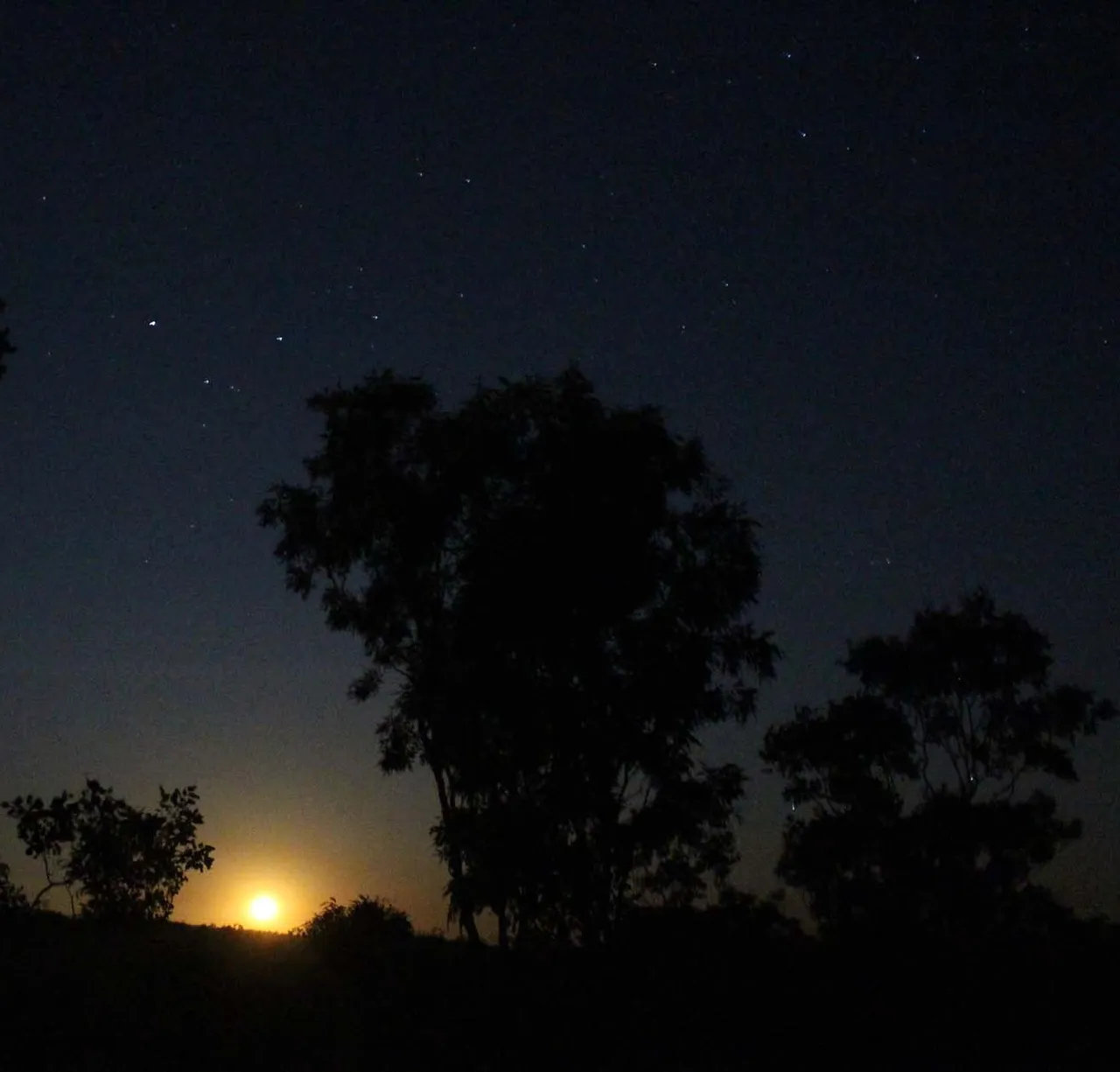What is Qì?
Qì is the Chinese word for life energy / life force.
In the Taoist work Huai Nan Zi it says:
“The Tao arose from emptiness, and emptiness formed the universe. The universe gave birth to the Qì…. The light and clear strived upwards to form the sky, the heavy and cloudy solidified and formed the earth.”
The sky is yang, the earth is yin. The yang aspect of qì is energy, the yin aspect of qì matter – albeit very subtle.

The following shows the different basic properties that are assigned to Qì in traditional Chinese medicine and also in Kung Fu, Tai Ji and Qì Gong:
1. Qì is movement and flow of the phenomena of life – but it can also stagnate and solidify.
2. Qì is the source of all movement in the body. Thus, from the unconsciously controlled movement of breathing and intestinal peristalsis to the voluntary movements of the skeletal muscles, the electrical stimulus conduction of the nerve cells, the flow of body fluids to the pulsating movement of the cell as the basis of their respective function (the secreting function of the gland cell, the metabolic function of the liver and endothelial cell or the contractile function of the muscle cell)
3. Qì is the energetic basis of both anatomical and physiological as well as mental and spiritual functions. The constant movement of the Qì within the organism shows itself in the maintenance of heartbeat, circulation and breathing, as a dynamic force of all metabolic processes, in physical movement, in perceiving, feeling and feeling, in analytical and intuitive thinking, in growth and development.
4. Qì protects the body from external disease factors – both from pathogenic weather and climatic influences such as cold, wind, moisture, dryness and heat, as well as from bacteria, fungi and viruses. If external disease factors have penetrated the organism, the amount of Qì available to us is decisive for the duration and course of the defense and healing process.
5. Qì exists in different forms of condensation. It changes shape depending on location and function. When Qi becomes extremely condensed, energy transforms into matter and accumulates as physical form. A blocked flow of the Qì leads to cramps and pain, a long-term disturbed flow of the Qì leads to growths, knots and tumors.
6. Qì warms the body and regulates the body temperature.
The advanced cultures of India and China developed meditation techniques and healing methods as early as three to four thousand years ago in order to prevent and heal diseases by increasing and concentrating the vital essence.
In India these were mainly the various systems of physical and mental yoga, such as Hatha yoga, Bhakti yoga and Raja yoga. In China, even then, different forms of Qì were differentiated and used for healing.
In yoga the vital essence is called Prana. While the Indian concept of Prana immaterial life energy or divine breath means, the term Qì is used in China as Life energy seen in different degrees of compression. This basically corresponds to the concept of the mass-energy continuum in modern particle physics.
Most ancient cultures have the concept of a universally available life force that circulates in the air, in water, in the earth, in plants, in animals and also in the human organism. It is a vital essence beyond subatomic structures – an energy that is present in all forms of matter and is concentrated in living organisms.
See Eckert, A. (2005). Eight miracle meridians: psychological and physical functions of the extraordinary vessels. Vienna: Dào Verlag

